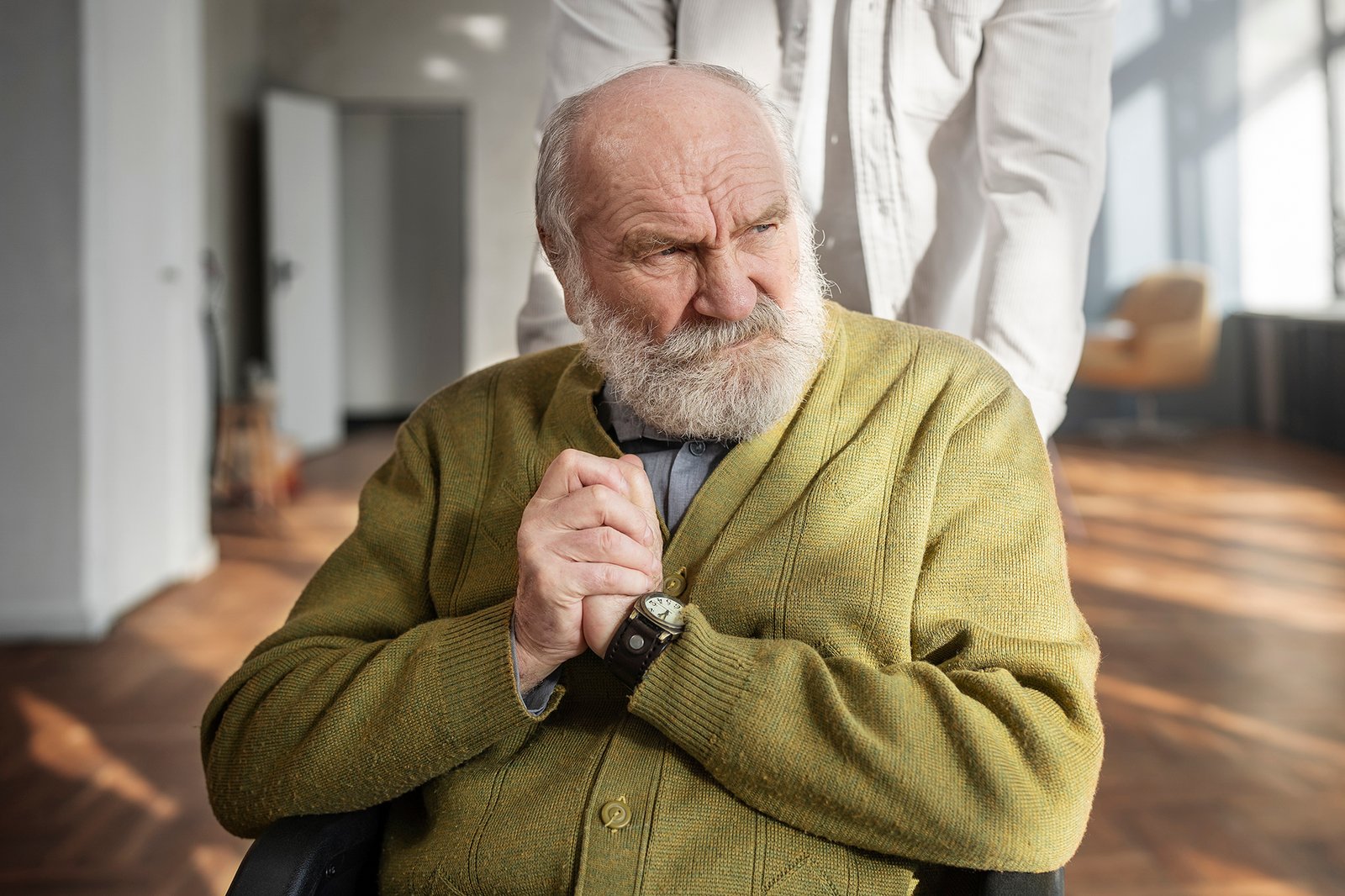What is Parkinson’s Disease?
Parkinson’s disease is a progressive neurological disorder that primarily affects movement. It occurs when a specific area of the brain, called the substantia nigra, deteriorates, leading to decreased production of dopamine—a neurotransmitter essential for controlling movement, coordination, and various other functions. As the disease progresses, it can affect not only physical capabilities but also mental health, cognitive function, and sensory perception.
Parkinson’s disease typically develops later in life, with the average age of onset around 60. Although aging is a major risk factor, genetic and environmental factors can also contribute to the disease’s onset and progression.
Signs and Symptoms of Parkinson’s Disease
The hallmark symptoms of Parkinson’s disease include:
- Tremor: Involuntary shaking, usually starting in one part of the body (e.g., hands or fingers).
- Bradykinesia: Slowness of movement, which can make simple tasks challenging.
- Muscle Rigidity: Stiff and inflexible muscles that can limit range of motion and cause discomfort.
In addition to these core symptoms, individuals with Parkinson’s may experience:
- Depression and Anxiety: Common in many individuals due to changes in brain chemistry.
- Balance and Coordination Issues: Increased risk of falls and difficulty with stability.
- Loss of Smell (Anosmia): A common early symptom.
- Sleep Disturbances: Insomnia and other sleep-related problems.
- Cognitive Impairments: Memory issues and difficulty with concentration.
Causes of Parkinson’s Disease
The exact cause of Parkinson’s disease remains unclear, but research suggests a combination of factors:
- Oxidative Stress: Damage caused by unstable molecules, known as free radicals, can affect neurons.
- Environmental Toxins: Exposure to certain pesticides, herbicides, and other toxins may increase risk.
- Genetic Factors: Mutations in specific genes have been linked to some cases, particularly those with a family history.
- Accelerated Aging: Dopamine-producing neurons naturally decrease with age, which may contribute to the development of Parkinson’s.
A mutation discovered in a Parkinson’s-related gene in 1997 and later confirmed in 2005 is linked to about 5% of inherited cases, providing insight into genetic involvement.
Treatment of Parkinson’s Disease
Although there is no cure for Parkinson’s, treatments can help manage symptoms and improve quality of life:
- Medications: The primary treatment, with drugs that increase or mimic dopamine to alleviate symptoms.
- Therapies:
- Physical Therapy: Improves movement, flexibility, and balance.
- Occupational Therapy: Helps with daily tasks and adapts living environments for safety.
- Speech Therapy: Assists with speech clarity, volume, and swallowing issues.
- Lifestyle Modifications:
- Healthy Diet: Supports general health and helps with symptom management.
- Exercise: Regular physical activity, including strength training, balance exercises, and flexibility workouts.
- Massage Therapy: Reduces muscle tension.
- Yoga and Tai Chi: Promotes flexibility, balance, and relaxation.
With a combination of medication, therapy, and lifestyle adaptations, individuals with Parkinson’s can often manage their symptoms effectively and maintain an active lifestyle. Regular follow-up with healthcare providers is crucial to monitor progression and adjust treatment as needed.
